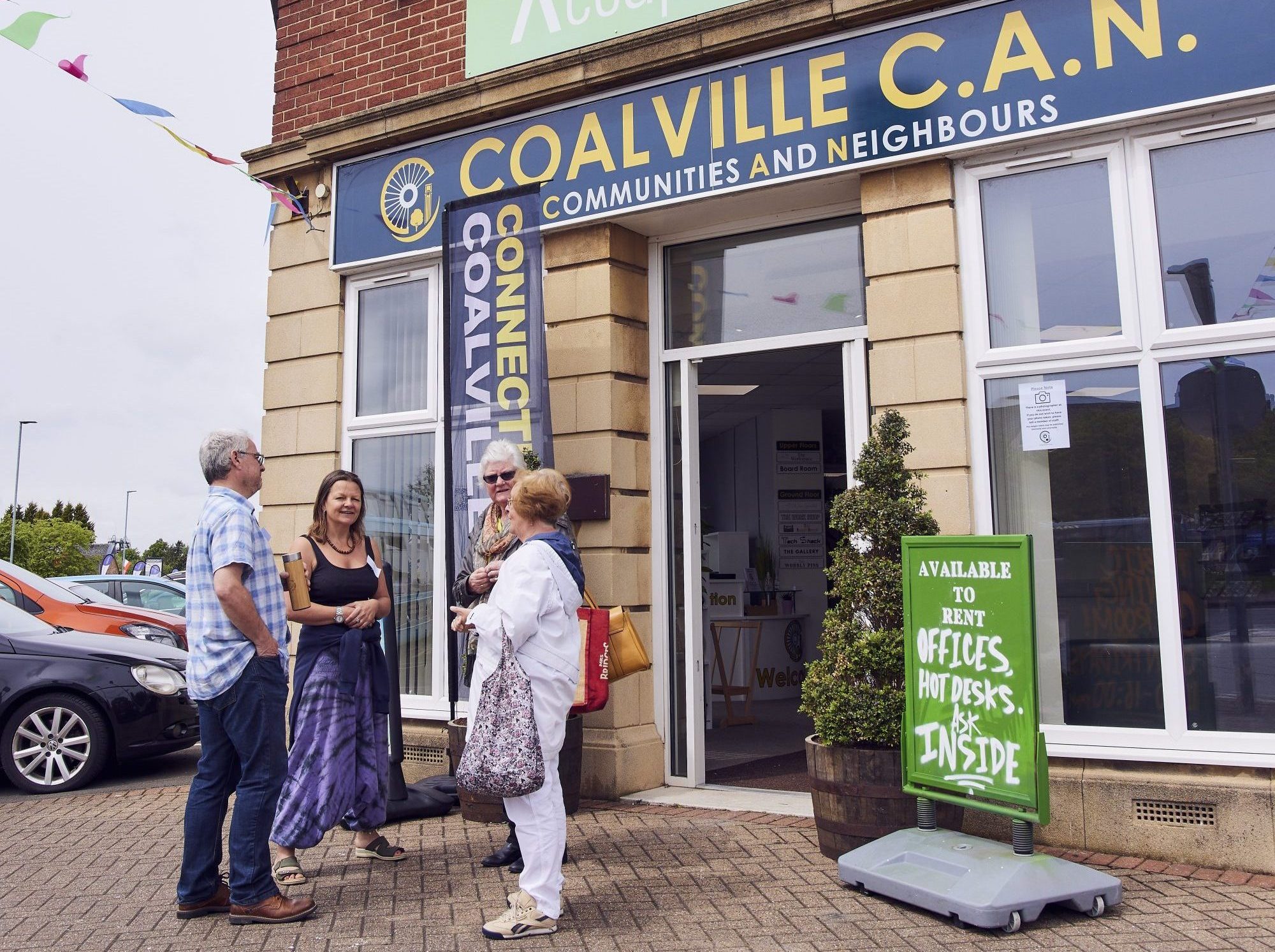
Power to Change

Renaisi
Assets can be a powerful way to improve local places, particularly when they are owned or managed by community businesses. Learnings from our programmes provide strong evidence of the essential role assets play in community business service delivery and financial sustainability.
Power to Change supported community businesses at different stages of their journey with assets through the Bright Ideas, Trade Up and Community Business Fund programmes. A large proportion of these community business grantees are involved in asset ownership. Grantees either owned an asset, aimed to acquire one, or planned to refurbish, expand or improve the use of an existing physical structure.
How assets help communities
When local people participate in shaping an asset, they can help improve the health and wellbeing of residents, foster pride, empowerment and community cohesion, and enhance the local environment. When assets are located in harder to reach communities or servicing more marginalised groups, they became critical in increasing access to basic goods and services. Places like community shops and food banks were key service providers at the height of the pandemic. Assets also reduce social isolation by creating spaces for people to engage in community activities.
These assets are also valuable to community businesses themselves by strengthening their financial sustainability. More mature community businesses may renovate their assets to create new revenue streams, expand the scope of their services, and develop more financially sustainable business models. Even for early-stage businesses, such as those in Bright Ideas, the total fixed asset value across grantees increased in the first two years of the programme
Managing the risks of asset ownership
However, acquiring and managing assets involves risk. Community businesses may still fail to engage the community, struggle to control expenses or maintain the right balance between long-term assets and working capital to cover running costs.
Funders like Power to Change can play a critical role in helping community businesses with asset ownership by:
- Supporting community businesses access the right technical and practical support, especially with legal processes of asset transfer and acquisition, and management support for larger assets.
- Providing the right type of funding to community businesses, whether that is a seed grant, or a mix of capital and revenue grants to enable community businesses to holistically build their business around the asset.
- Maintaining platforms for peer learning between community businesses facing similar challenges and providing a safe space for sharing learnings and good practices.
- Supporting and funding community businesses in a flexible way, building on their knowledge of the local community’s needs, and recognising the risks and uncertainties that come with acquiring or managing an asset.
Learn more
Read more about the role assets play for community businesses, and what types of risk mitigation strategies were most effective across the three programmes.



